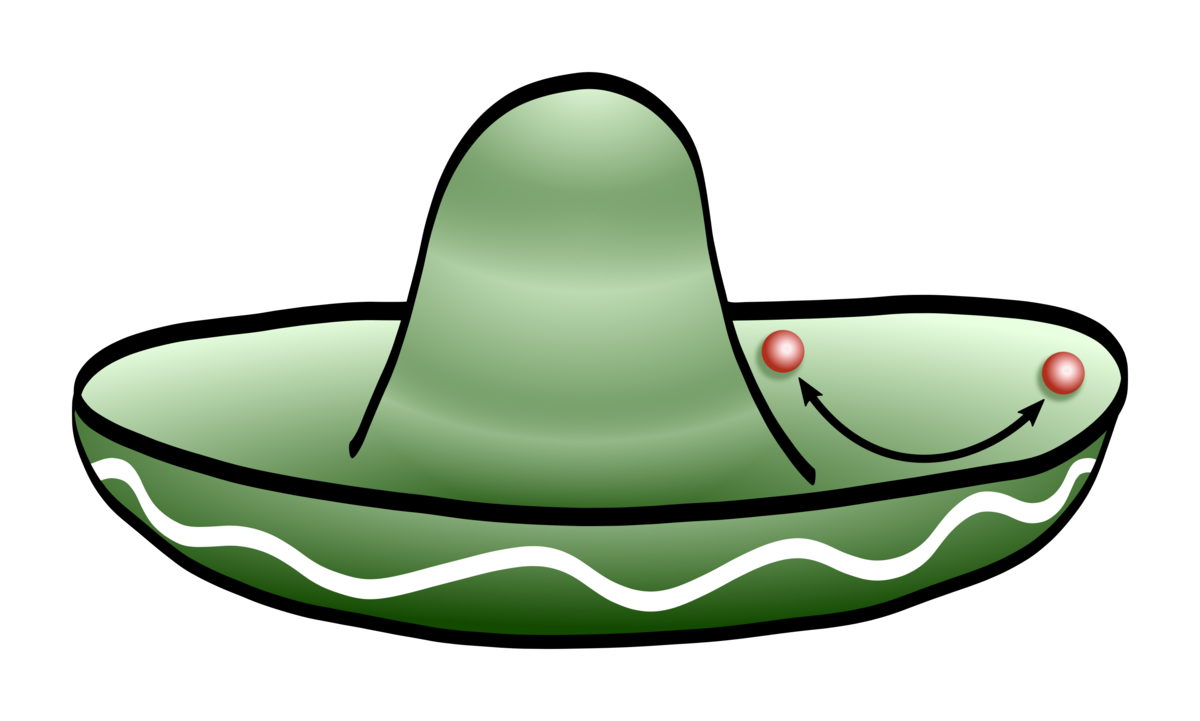Physikalisches Kolloquium: Theory of Higgs spectroscopy for superconductors in non-equilibrium
Wann
Dienstag, 28. Januar 2020
15:15 bis 16:45 Uhr
Wo
R 513
Veranstaltet von
Der Fachbereichssprecher
Vortragende Person/Vortragende Personen:
Prof. Dr. Dirk Manske Max Planck Institute, Stuttgart
In conventional time-resolved pump-probe experiments on superconductors one measures the relaxation of an optical probe after the excitation by an ultra-short laser pulse. With the recent development of THz laser technology it is now possible to excite or quench collective excitation, such phonons or the superconducting condensate. In the past we have predicted characteristic Higgs oscillations after a quantum quench in superconductors [1] that allows investigating the ground state directly that, indeed, has been confirmed experimentally for an s-wave superconductor [2]. Furthermore, several predictions have been made for a 2-band superconductor in which two Higgs oscillations interact [3].
During the last few years we have developed a classification scheme that allows to characterize Higgs oscillations of all possible symmetries [4]. Using polarized light in different directions, we predict that it is possible to map out the underlying gap symmetry of the superconducting ground state. We compare our analytical calculations with full (numerically exact) methods to get further insights into the nature of the Higgs mode. An alternative to a quench by THz laser is to measure the resonant third-harmonic generation (THG) signal; we have developed a theory for both cases [4,5]. As an example, we have applied our theory to d-wave high-Tc superconductors: two Higgs modes are predicted. This, and other predictions, have been recently confirmed by experiment [6-8].
Applying our theory of Higgs spectroscopy to THz tr-ARPES experiments would open a unique approach to distinguish between different symmetries of the condensate, even for new and unknown superconductors.
[1] J. Unterhinninghofen et al., Phys. Rev. B 88, 180509 (2008).
[2] Matsunaga et al., Phys. Rev. Lett. 111, 057002 (2013).
[3] H. Krull, N. Bittner, G. Uhrig, D. Manske and A. Schnyder, Nature Comm. 7, 132220 (2016).
[4] L. Schwarz et al., Nature Comm. https://doi.org/10.1038/s41467-019-13763-5
[5] L. Schwarz and D. Manske, submitted to Phys. Rev. B.
[6] H. Chu et al., arXiv 1901.06675 (2019), submitted to Nature Comm.
[7] K. Katsumi et al., Phys. Rev. Lett. 120, 117001 (2018).
[8] S. Nakamura et al., Phys. Rev. Lett. 122, 257001 (2019).

